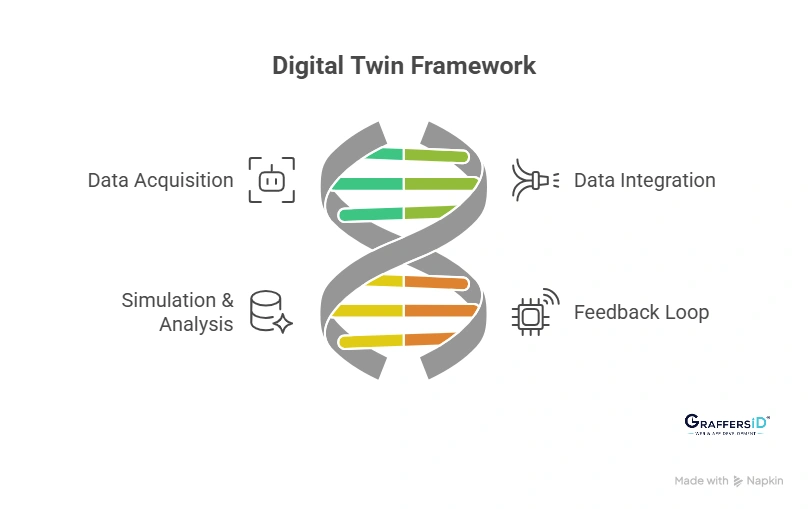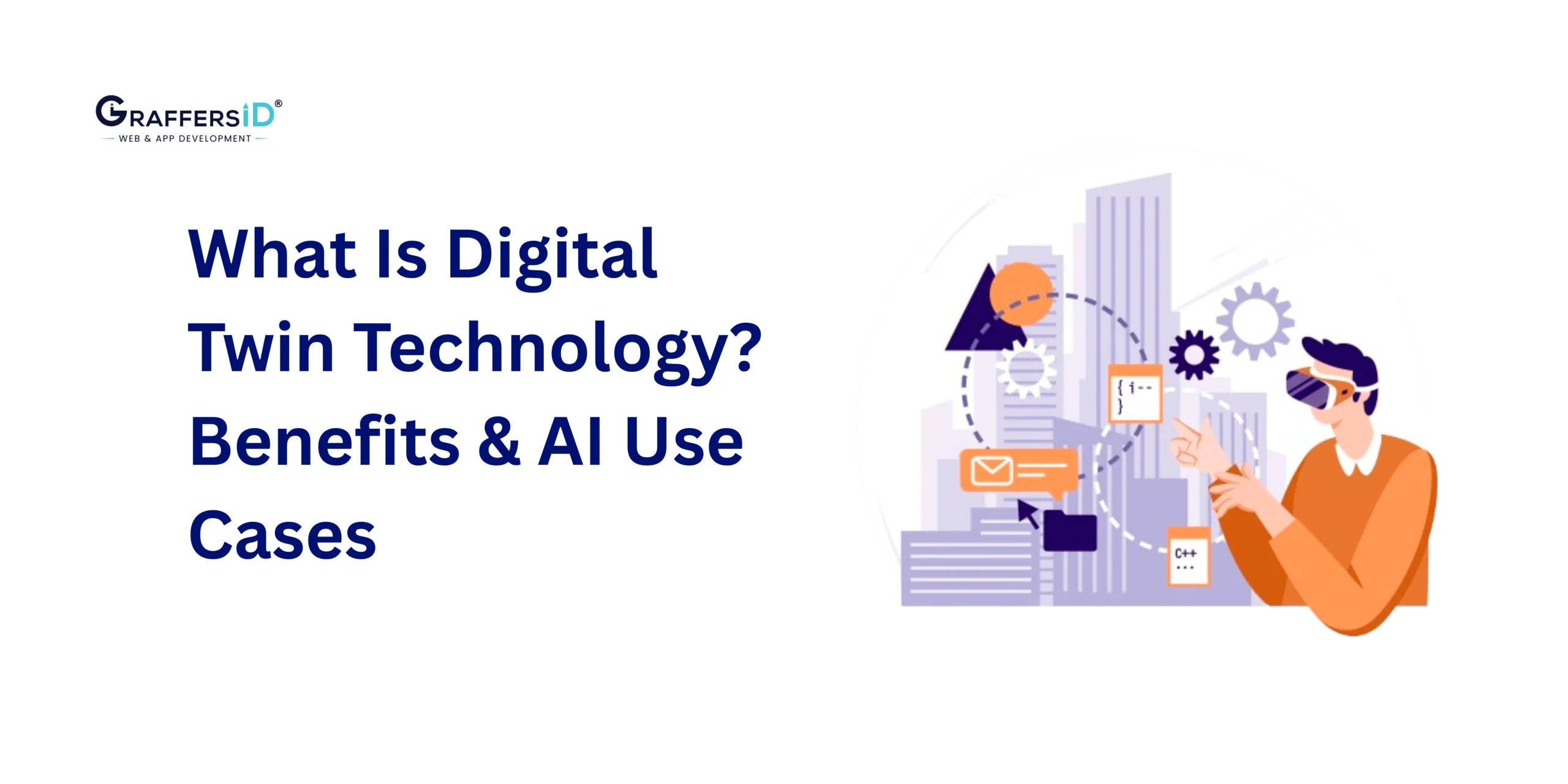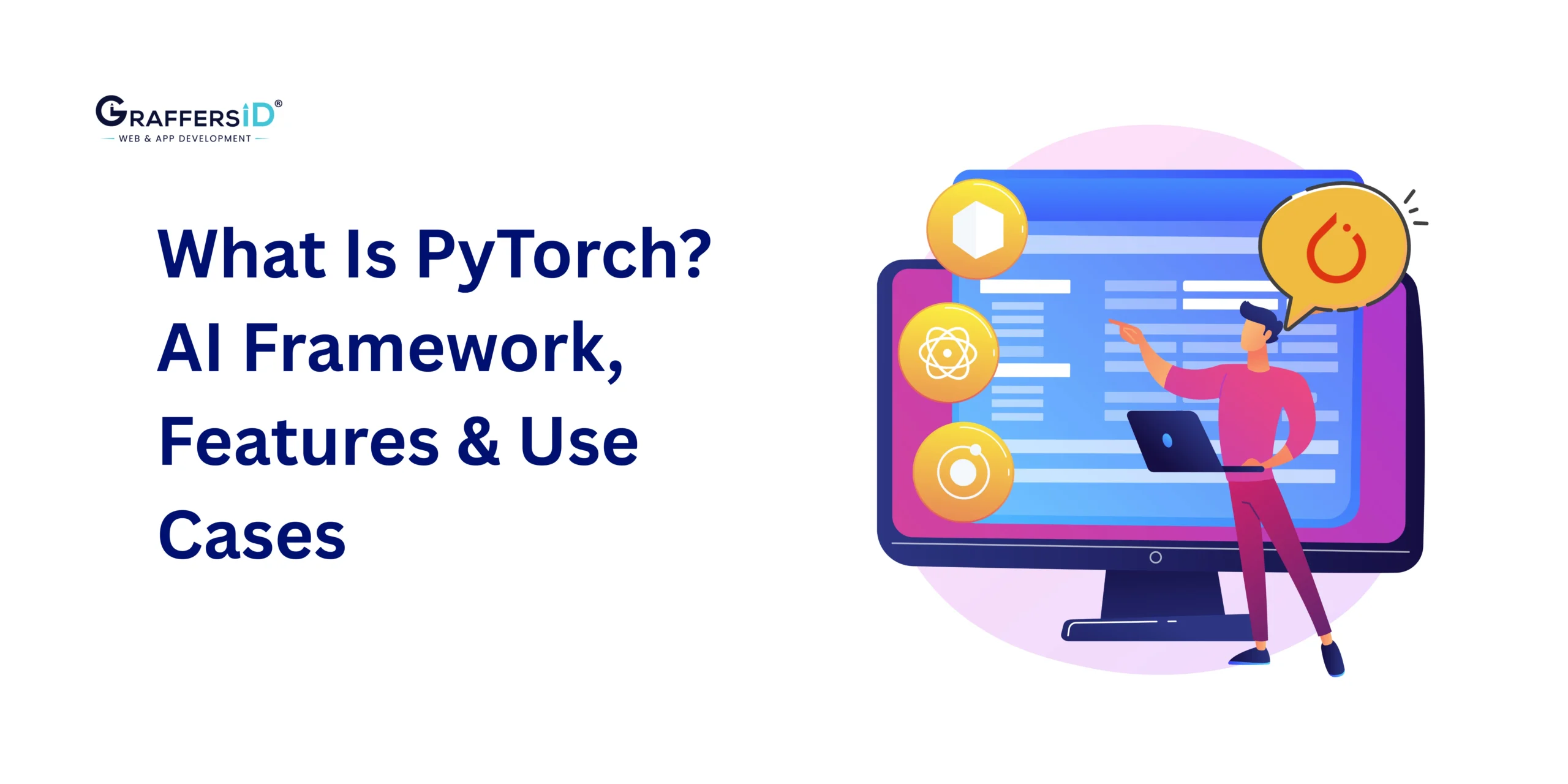By 2026, digital twin technology has evolved from a futuristic concept to a strategic imperative for enterprises seeking operational excellence, innovation, and sustainability. A digital twin is a virtual replica of a physical asset, system, or process, continuously updated with real-time data to simulate, predict, and optimize performance.
This technology is transforming industries by enabling smarter decision-making, predictive maintenance, and enhanced product development. For businesses aiming to stay ahead, adopting digital twin solutions is no longer optional; it’s a strategic imperative.
In this blog, we’ll explore what digital twin technology is, its key benefits, real-world use cases, industry adoption trends in 2026, and how your enterprise can get started.
What Is Digital Twin Technology?
Digital twin technology is a cutting-edge solution that creates a real-time virtual replica of physical assets, systems, or processes. Continuously updated with data from sensors, IoT devices, and other sources, a digital twin mirrors the behavior, performance, and condition of its physical counterpart.
Read More: 5 Best AI Frameworks and Libraries in 2026 Trusted by Leading Tech Companies
This allows businesses to simulate operations, predict outcomes, prevent downtime, and optimize performance, all before taking action in the real world.
Key Components of Digital Twin Technology in 2026
The core components of digital twin technology include:

-
Data Acquisition: IoT devices and sensors continuously collect real-time data from machines, infrastructure, or processes.
-
Data Integration: Advanced cloud platforms and edge computing systems aggregate and process data to ensure accuracy and speed.
-
Simulation & Analysis: AI and machine learning algorithms analyze incoming data to simulate scenarios, predict failures, and optimize workflows.
-
Feedback Loop: Insights generated from the digital twin are fed back to the physical asset, enabling proactive decision-making and continuous improvement.
With these capabilities, digital twins provide enterprises with smarter operations, improved efficiency, and actionable insights, making them an essential technology for 2026 and beyond.
Key Benefits of Digital Twin Technology for Enterprises in 2026

-
Enhanced Decision-Making: Real-time data and predictive analytics enable informed decision-making, reducing risks and improving outcomes.
-
Operational Efficiency: Continuous monitoring and optimization lead to reduced downtime, improved resource utilization, and cost savings.
-
Predictive Maintenance: Early detection of potential failures allows for proactive maintenance, extending asset life and reducing repair costs.
-
Accelerated Product Development: Virtual testing and simulation shorten development cycles and improve product quality.
-
Sustainability: Optimizing energy usage and resource consumption contributes to environmental sustainability goals.
Use Cases of Digital Twins Across Industries in 2026
-
Manufacturing: Digital twins optimize production lines, monitor equipment health, and enhance quality control, driving operational efficiency and predictive maintenance.
-
Healthcare: Hospitals leverage digital twins to simulate patient pathways, improve resource allocation, and enhance care delivery through data-driven insights.
-
Retail: Retailers implement digital twins to optimize store layouts, manage inventory, and personalize customer experiences based on real-time analytics.
-
Education & Training: Digital twins simulate campus operations, lab equipment, and training environments, enhancing learning outcomes and operational planning.
-
Finance & Banking: Digital twins model business processes, customer journeys, and financial operations to improve decision-making, risk management, and efficiency.
How Can Enterprises Get Started with Digital Twin Technology?

1. Assess Readiness
Start by evaluating your existing infrastructure, data quality, and organizational capabilities to determine if your enterprise is ready for digital twin implementation. Identifying gaps early ensures a smoother deployment and maximizes ROI.
2. Define Objectives
Clearly outline your business goals, whether it’s predictive maintenance, process optimization, or accelerating product development. Well-defined objectives help prioritize initiatives and measure the success of digital twin projects.
3. Select Use Cases
Focus on pilot projects that align with strategic goals and provide measurable outcomes. Starting small with high-impact use cases allows enterprises to test digital twin solutions effectively before scaling.
Read More: What Made ChatGPT Successful in the AI Industry? 2026 Analysis
4. Develop & Integrate
Partner with expert technology providers to design, develop, and integrate your digital twin solutions. Combining AI, IoT, and custom software ensures smooth connectivity between physical assets and virtual models.
5. Scale & Optimize
Once pilot projects deliver results, expand the implementation across departments or facilities. Continuously analyze real-time data to refine processes, enhance efficiency, and unlock ongoing business value.
Conclusion
Digital twin technology is no longer just a futuristic concept; it has become a business-critical strategy in 2026. By creating a real-time virtual replica of physical assets, systems, or processes, enterprises can predict challenges, optimize operations, accelerate innovation, and achieve sustainability goals with precision.
At GraffersID, we help enterprises adopt the latest AI trends and technologies through custom software development, AI-driven solutions, and expert remote development teams.
Hire expert AI developers from GraffersID to implement the latest AI technologies and solutions that drive efficiency, scalability, and business growth in 2026 and beyond.




